
Worried your sofa might be stylish but harmful to the planet? You’re not alone—eco-conscious design is in high demand.
Yes, compressed sofas can absolutely be made using eco-friendly fabrics like organic cotton, recycled polyester, hemp, bamboo, and linen—offering style, comfort, and sustainability.
As more brands focus on sustainable practices, compressed sofas are evolving beyond convenience into an environmentally responsible choice. Let’s break down the options.
What are eco-friendly fabrics?
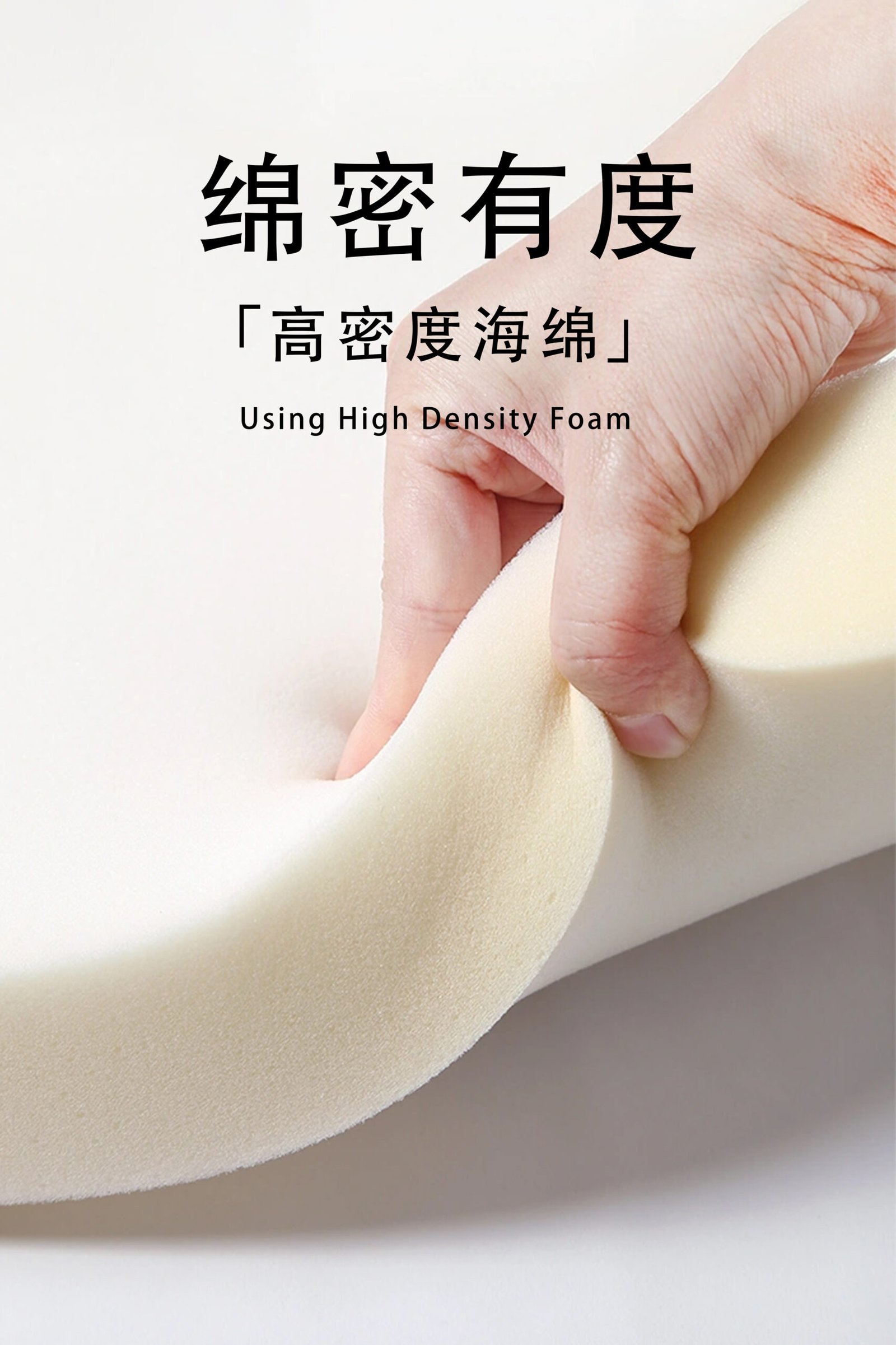
Not all fabrics are created equal—especially when it comes to their impact on the planet.
Eco-friendly fabrics are made from renewable, recycled, or responsibly produced materials using low-impact processes.
They’re designed to:
- Minimize water and chemical use
- Be biodegradable or recyclable
- Reduce pollution and waste
- Promote ethical labor and sourcing practices
Sofas made from these materials not only look good—they do good.
Organic Cotton: Soft and Sustainable

If comfort is your priority, organic cotton is a no-brainer.
Organic cotton is grown without synthetic pesticides or fertilizers, making it healthier for the planet and people.
Why it works for compressed sofas:
- Soft and breathable: Great for daily lounging
- Durable: Holds up well over time
- Hypoallergenic: Safe for sensitive skin
- Biodegradable: Breaks down naturally
🌱 Bonus: Organic cotton farming supports healthier soil and biodiversity.
Recycled Polyester: Turning Trash into Textiles
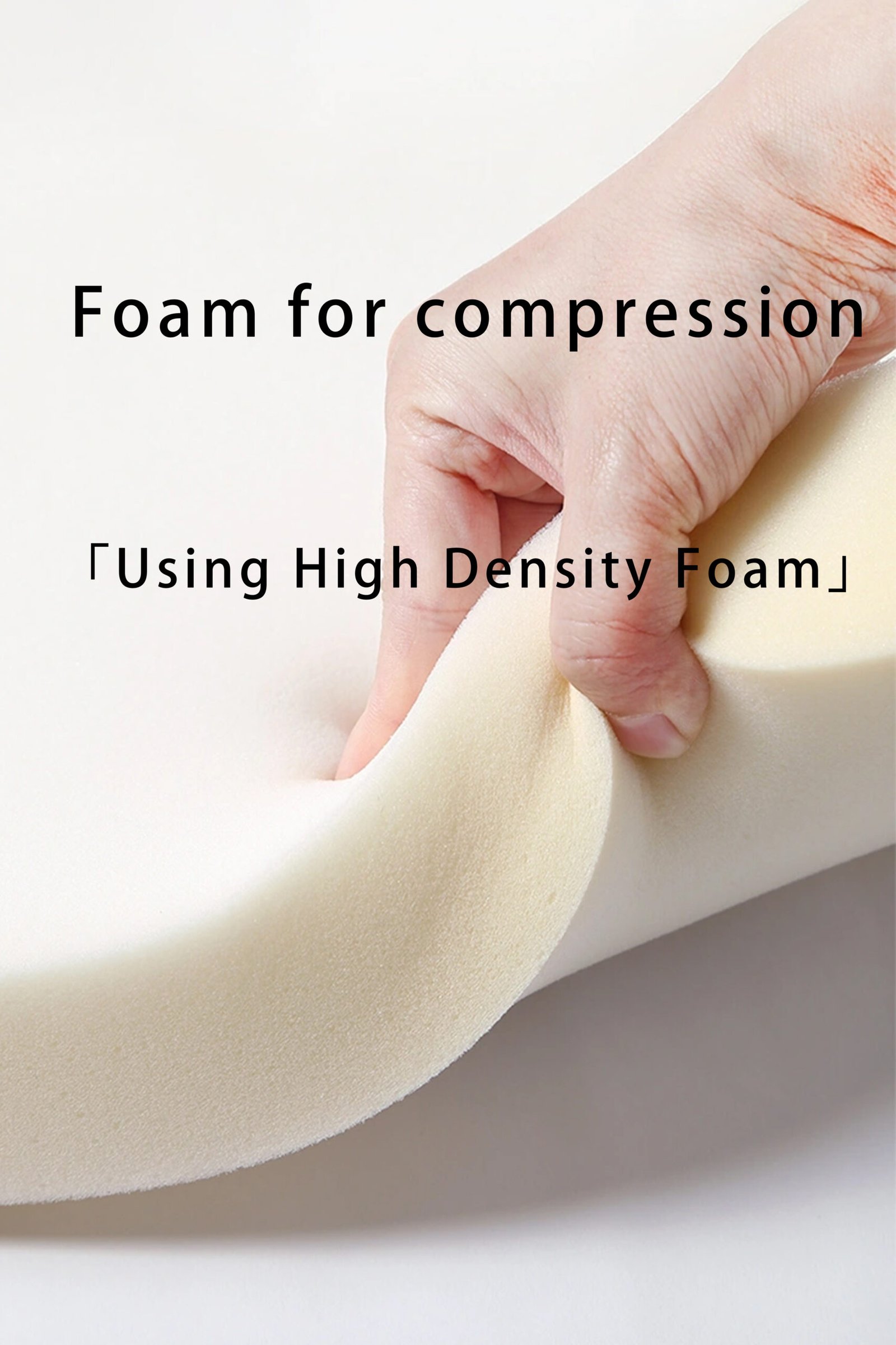
What if your sofa helped clean up plastic waste?
Recycled polyester is made by transforming PET plastic bottles into durable fabric fibers.
Why it’s ideal:
- Reduces landfill waste
- Strong and long-lasting
- Fade and stain resistant
- Available in many colors and textures
♻️ It looks and feels like traditional polyester but has a much lower environmental footprint.
Hemp: Tough and Timeless
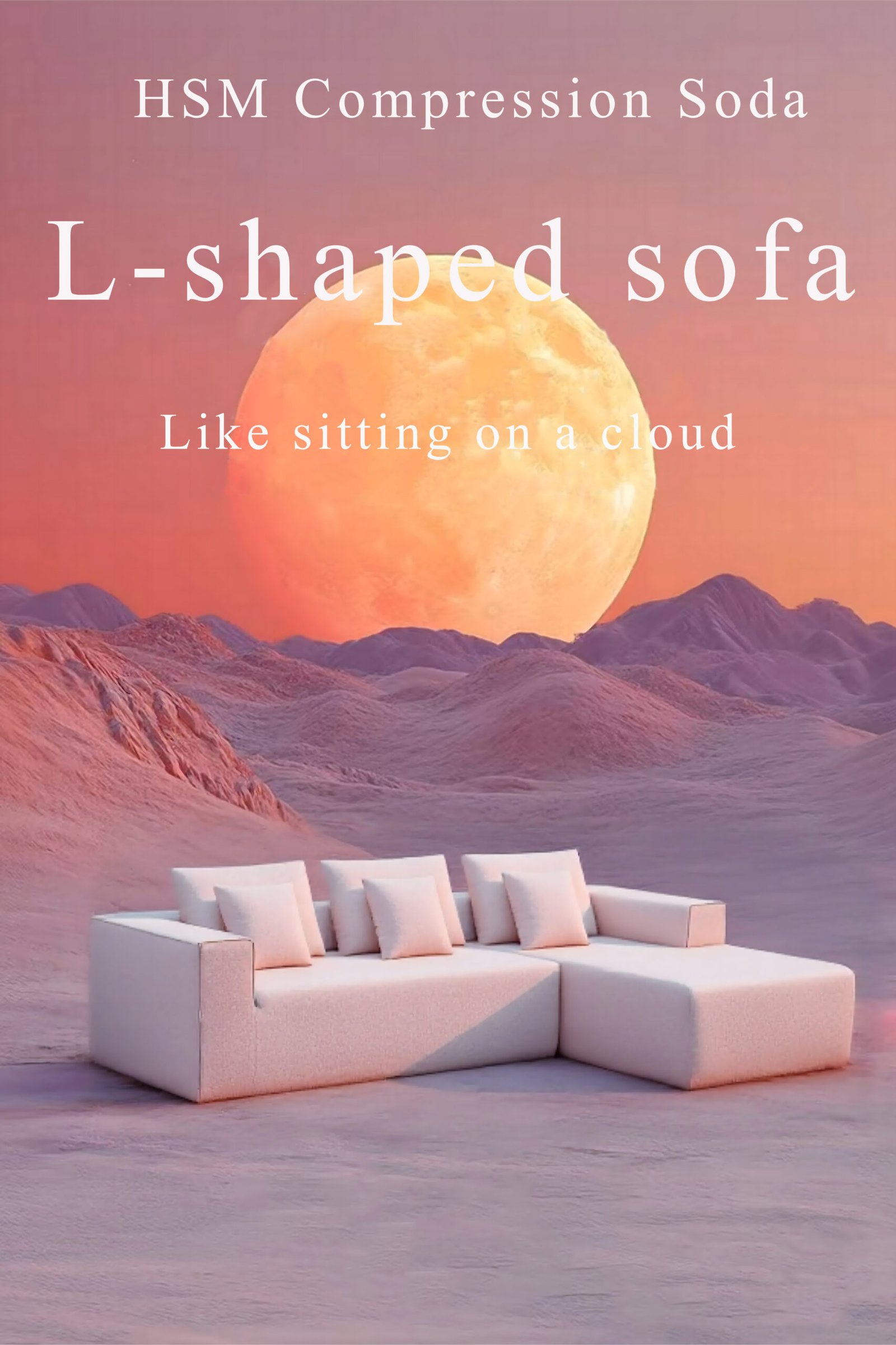
Want something rugged yet sustainable?
Hemp fabric is ultra-durable and grows fast with little water or chemical use.
Benefits for sofas:
- Very strong: Great for high-traffic areas
- Naturally resistant to mold and UV rays
- Softens with use
- Low-impact farming
💡 Its natural texture adds a rustic, organic feel to your space.
Bamboo: Fast-Growing and Antibacterial
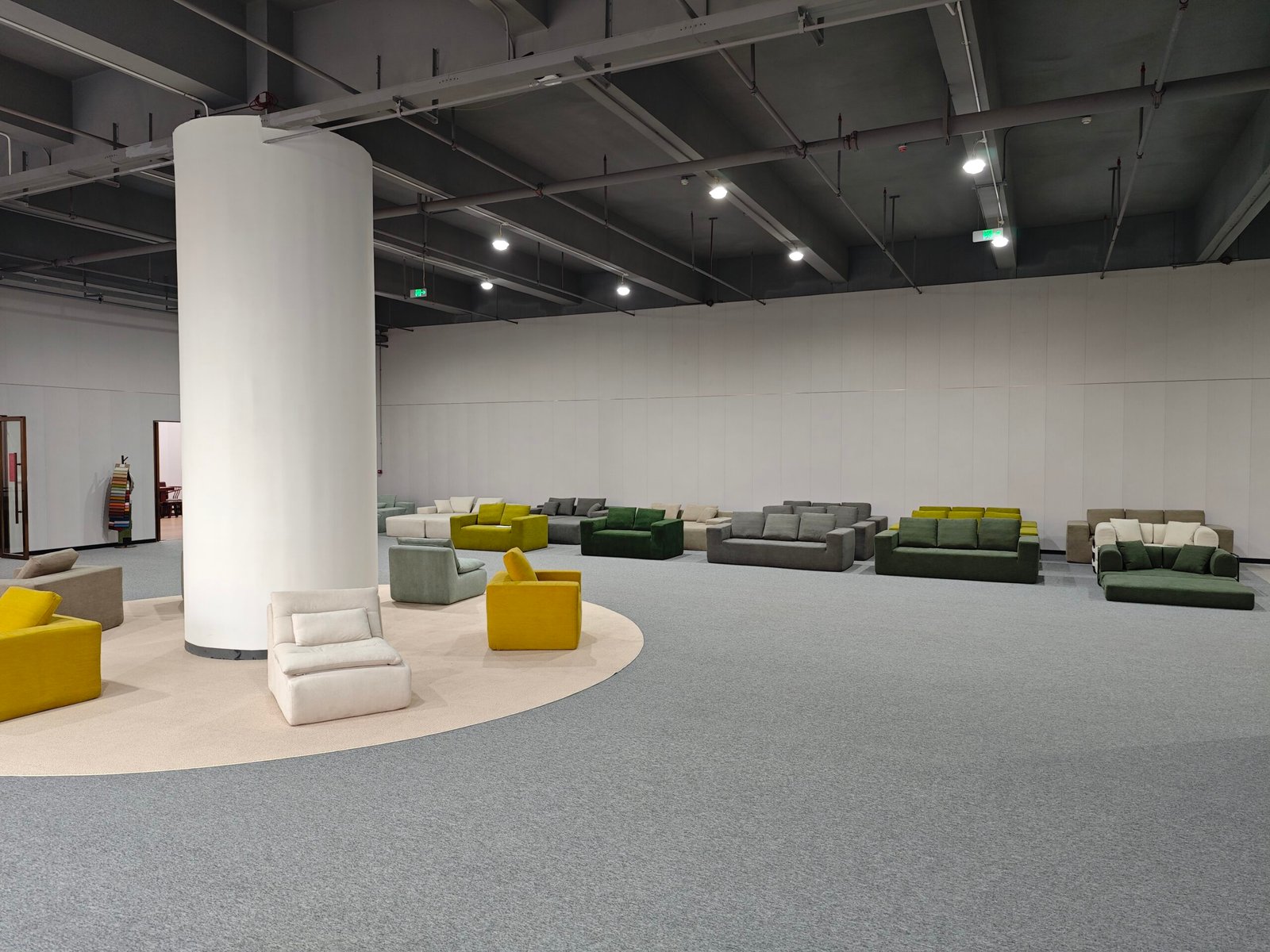
Bamboo isn’t just for panda food—it’s a rising star in eco-fabrics.
Bamboo grows rapidly and needs no pesticides. When processed responsibly, it makes soft, breathable fabric.
Ideal sofa features:
- Naturally antibacterial
- Moisture-wicking and cool
- Silky-soft texture
- Fully biodegradable
⚠️ Look for “mechanically processed” or “closed-loop” bamboo to avoid harmful chemical processing.
Linen: Breathable and Low-Waste
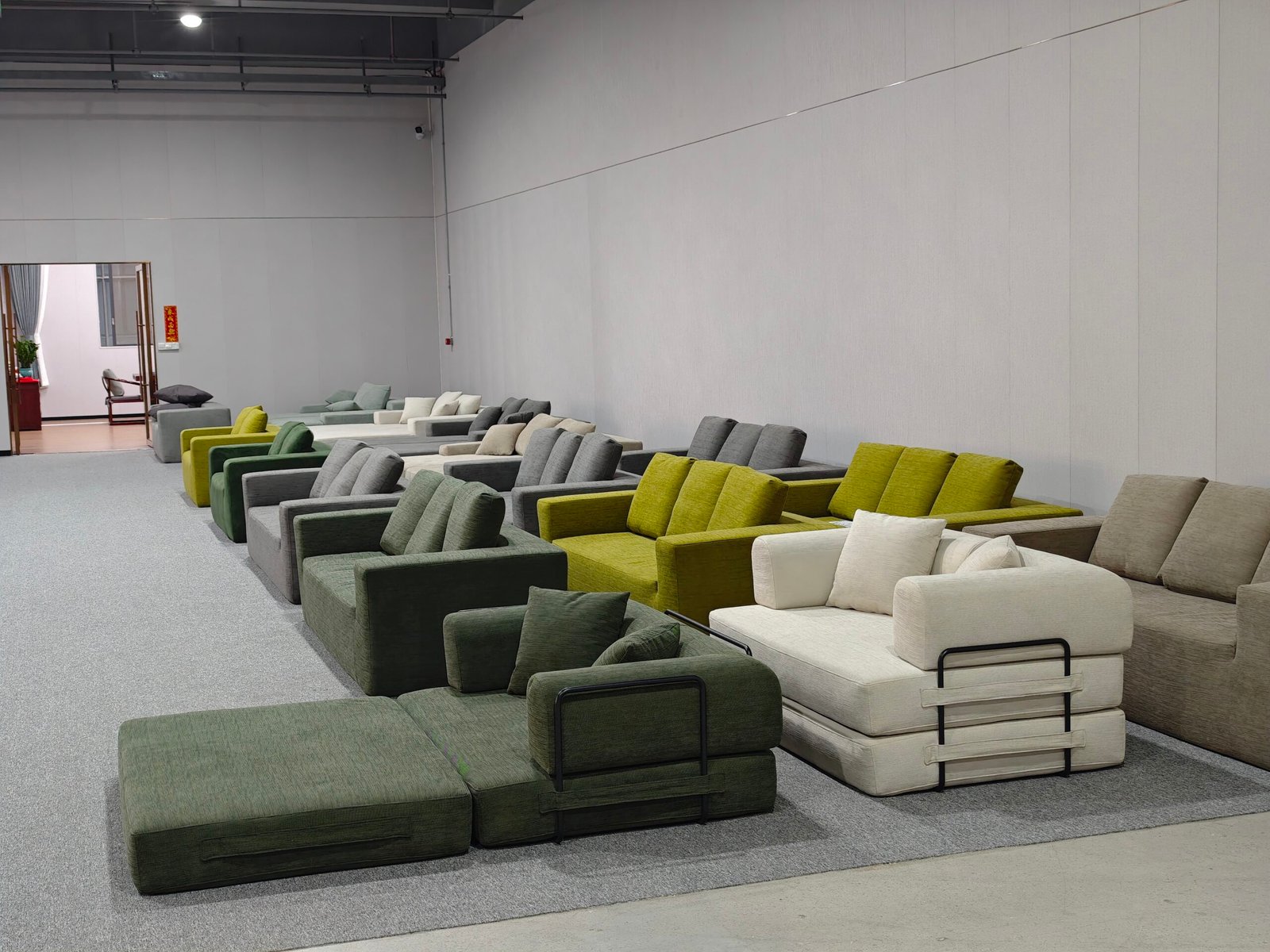
Minimalist style? Try linen.
Linen is made from the flax plant, which requires very little irrigation or chemicals.
Why linen’s a great pick:
- Highly breathable: Keeps seating cool
- Strong and long-lasting
- Elegant texture: Adds depth to neutral palettes
- Compostable and biodegradable
🧵 Its natural wrinkles add character, not flaws.
Which eco-friendly fabric is right for you?
| Fabric | Best For | Texture | Sustainability Level |
|---|---|---|---|
| Organic Cotton | Softness and everyday use | Smooth/Soft | 🌿🌿🌿🌿 |
| Recycled Poly | Durability, stain resistance | Smooth/Rugged | 🌿🌿🌿🌿 |
| Hemp | Tough, long-term performance | Coarse/Softens | 🌿🌿🌿🌿🌿 |
| Bamboo | Breathability and hygiene | Silky | 🌿🌿🌿🌿 |
| Linen | Style, cool seating, natural look | Textured | 🌿🌿🌿🌿🌿 |
Do eco-friendly fabrics hold up in compressed packaging?
Yes—many of these fabrics are actually ideal for compression.
Eco fabrics like recycled polyester and hemp are especially resilient during vacuum packing and re-expansion.
Things to look for:
- High recovery foam and fabric elasticity
- Reinforced stitching
- Pre-shrunk materials to prevent warping
Brands that specialize in compressed sofas already test for fabric durability under pressure.
Are eco fabrics more expensive?
Sustainable materials used to come at a steep premium. But that’s changing fast.
Today, eco-friendly compressed sofas are available in mid-range price points, depending on fabric and features.
| Fabric | Average Sofa Price (USD) |
|---|---|
| Recycled Poly | $500–$900 |
| Organic Cotton | $600–$1,200 |
| Bamboo | $700–$1,300 |
| Hemp | $800–$1,500 |
| Linen | $900–$1,800 |
🛋️ Consider long-term savings too—eco fabrics tend to last longer and need less maintenance.
What should I look for when buying?
To ensure you’re getting the real deal:
- Look for fabric certifications:
- GOTS (for organic textiles)
- OEKO-TEX® (for chemical safety)
- Global Recycled Standard (for recycled content)
- Ask about sourcing and processing
- Check for removable, washable covers
- Choose brands that prioritize sustainable packaging
🛍️ Bonus if the sofa ships in recyclable or minimal packaging!
Conclusion
Eco-friendly fabrics make compressed sofas not only smarter—but greener. Whether you're after softness, durability, or breathability, there's a sustainable fabric that fits your needs without hurting the planet.